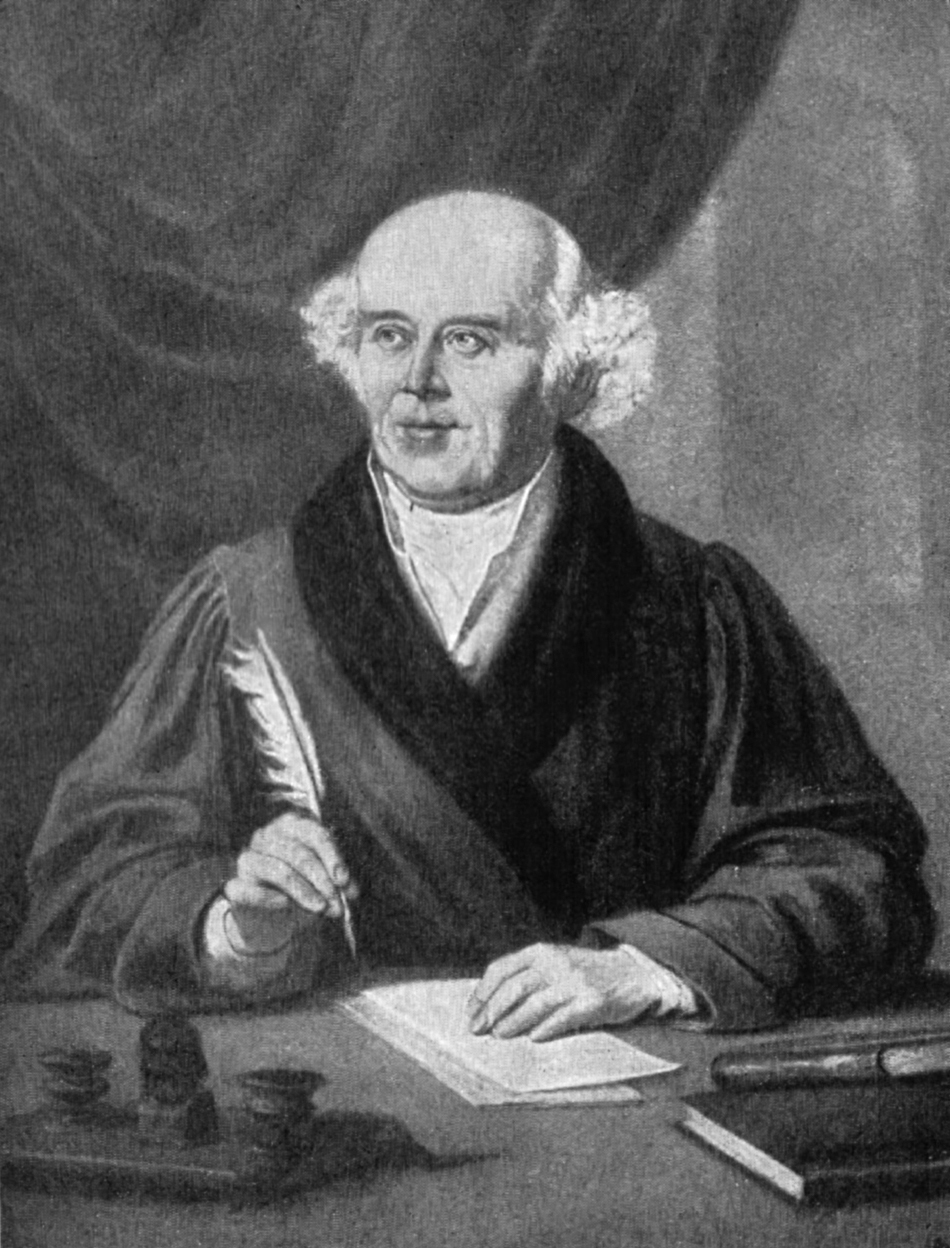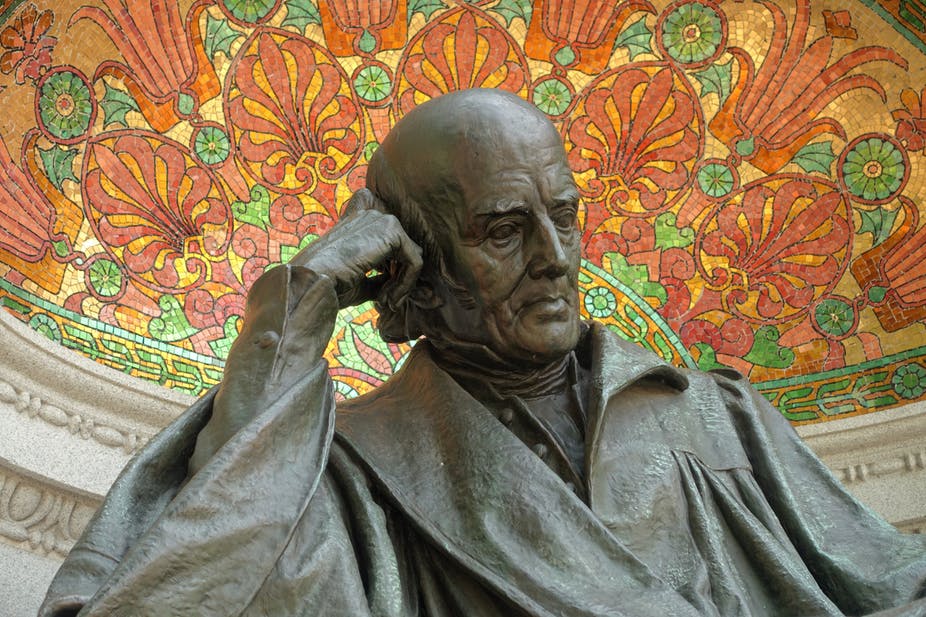HISTORY OF HOMOEOPATHY
Dr. Samuel Hahnemann – The Founder of Homoeopathy
Homeopathy is the practice of medicine based on the healing process of ‘like for like’. Homeopathy began with the initial discovery or rediscovery by Dr. Samuel Hahnemann that the medicinal properties of a substance are ascertained by their very ability to produce symptoms of suffering they can also cure. When Dr. Hahnemann discovered the method of potentisation whereby any harmful properties of a substance at the level of toxicity are removed and the medicinal properties inherent within the substance are enhanced he found a way to effectively apply the medicinal healing principle he had discovered.
Dr. Hahnemann and his friends began to take medicines to ‘prove’ them, to become purposely sick as to realise and record the symptoms characteristic to each medicine. Homoeopathy was developed to a large extent during Samuel Hahnemann’s lifetime as it has been by a great many homoeopaths since.
In the development of his understanding Dr. Hahnemann realised that when someone is sick it is their whole being that has changed. He realised that the symptoms of sickness we experience are only the manifestation of an all-encompassing altered state of being. Coinciding with this discovery he also became aware that medicines, especially potentised remedies do not act in a way he had previously thought they did. He discovered that a potentised remedy also creates an altered state of being and it is from the disharmony of this altered state that symptoms of distress begin to appear.


